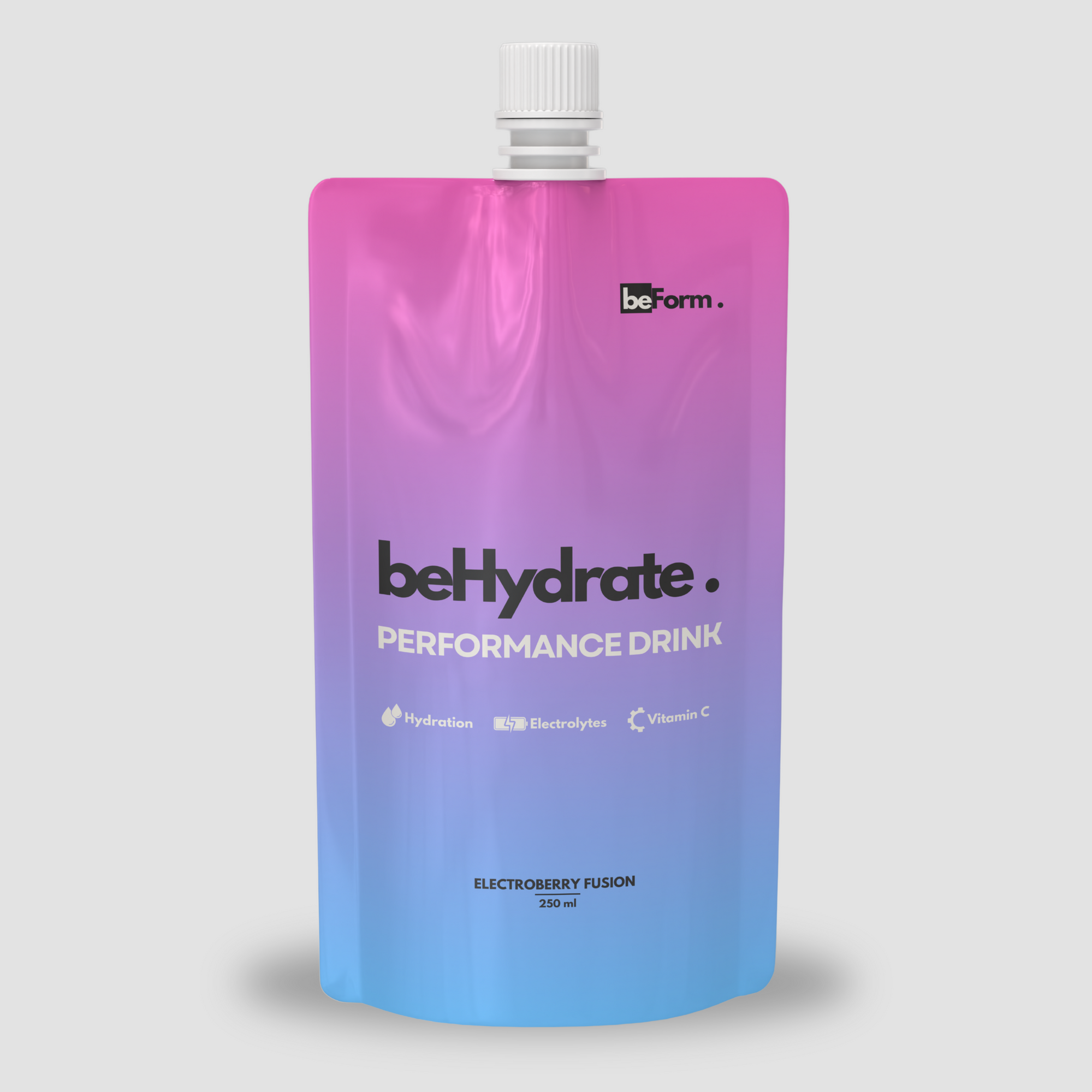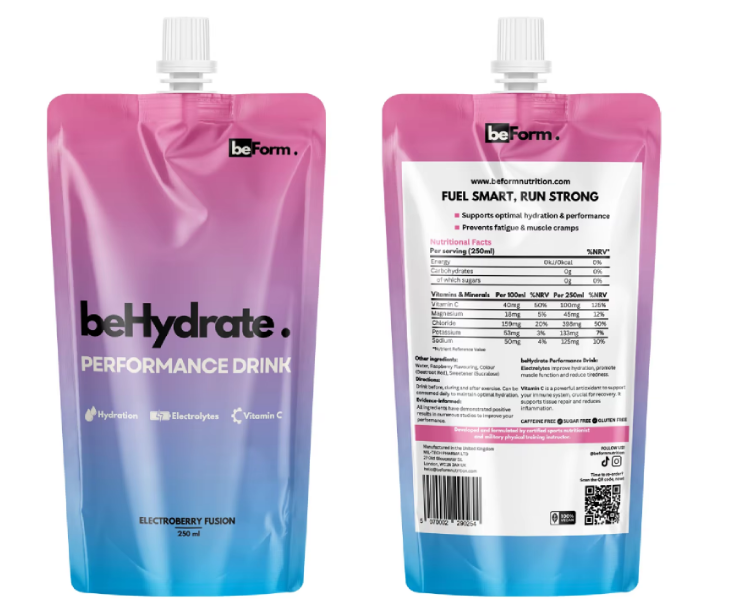Heart Rate Zone Calculator
Understanding Heart Rate Zones
Heart rate zones provide essential frameworks for tracking and optimising cardiovascular training.
Divided into five standard zones that correspond with different exercise intensities, heart rate zones allow runners to customise their training program to increase stamina, speed and overall fitness.
The first zone, commonly referred to as the resting zone, refers to heart rates experienced during complete rest or light activities that make up approximately 50-60% of an individual's maximum heart rate. This zone focuses on recovery and overall cardiovascular health.
As intensity increases, one enters into the second zone (light exercise), typically between 60-70% maximum heart rate; training within this zone bolsters endurance while increasing fat oxidation; ideal for long-distance runs.
The third zone, known as moderate exercise, falls between 70-80% of your maximum heart rate. Here, aerobic capacity improves significantly, an essential step for racers looking to optimise performance.
During vigorous exercise, the heart rate reaches 80-90% of maximum, and energy production shifts from aerobic production to anaerobic processes, providing runners with speed and power development.
Finally, the fifth zone, which covers 90-100% of the maximum heart rate, represents maximum effort. This zone should only be utilised as part of intensive training or competitive scenarios and should only be approached cautiously due to the significant strain placed upon the body.
Training within this zone maximises speed and anaerobic capacity but should also be approached carefully due to its physical strain on your system.
Understanding heart rate zones when using a heart rate zone calculator is of utmost importance in exercising efficiently and improving running performance and cardiovascular fitness.
Each zone plays its own distinctive role, so having an understanding of their implications is necessary for effective exercise planning.
The Benefits of Utilising a Heart Rate Zone Calculator
Implementing a heart rate zone calculator into running training programs can significantly enhance performance by creating more efficient workouts tailored to individual fitness levels.
I've always given it a second thought, if any thought at all, but a fellow PTI very strictly follows training programs based on his heart rate.
One key benefit is accurately monitoring training intensity; knowing which heart rate zones correspond with different training objectives (fat burning, aerobic endurance, peak performance etc) allows runners to tailor workouts that achieve specific goals.
For instance, running at lower intensity levels within the fat-burning zone could improve cardiovascular health while supporting weight management.
Heart rate zone calculators also assist runners in their recovery by helping to analyse recovery times and prevent overtraining injuries that often stem from pushing too hard without enough recovery periods.
Once runners become familiar with their heart rates, they can tailor workouts based on real-time effort - further increasing both the safety and effectiveness of workouts.
Fat-burning and endurance capabilities are other notable advantages of this tool. Participating in workouts that focus on spending more time in specific heart rate zones can increase energy utilisation, helping the body burn fat more effectively.
My fellow PTI, John, has reported an impressive increase in endurance levels as well as an observed decline in his body fat percentage over a few months after using a heart rate zone calculator in his routine.
An effective heart rate zone calculator also promotes a deeper understanding of one's fitness level. By progressively tracking their heart rates, athletes can gain more insight into their physiological responses to exercise and can fine-tune training plans accordingly.
Overall, using such a tool may result in more efficient workout sessions, improved health outcomes and an appreciation of personal athletic progress. Surely, this is a win-win scenario...I really should start tracking mine more often and implementing a regimen.
How to Calculate Heart Rate Zones
Two popular techniques for doing this are the Karvonen formula and the percentage of maximum heart rate approach; both provide athletes with a framework to better understand how their workout intensity relates to fitness gains.
As part of your initial fitness assessment, it's important to determine your maximum heart rate (MHR).
One traditional method for estimating this figure is using 220 minus your age - for instance, if you are 30 years old, an estimated MHR might be 190 beats per minute (BPM).
But individual variations do exist, and for a more tailored analysis, it might be beneficial to conduct a maximum effort test under safe conditions with professional supervision.
Once you know your MHR, it is simple to calculate heart rate zones.
They typically consist of:
-
Zone 1 (50-60% of MHR)
-
Zone 2 (60-70% of MHR)
-
Zone 3 (70-80% of MHR)
-
Zone 4 (80-90% of MHR)
-
Zone 5 (90-100% of MHR)
By using the percentage method, for instance, if your MHR were 190 BPM, then Zone 2 could range between 114BPM to 133BPM using this approach.
Alternatively, using Karvonen formula can offer a more tailored approach by factoring in resting heart rate (RHR), The formula is as follows:
-
Target Heart Rate = (MHR- RHRx Desired Intensity + RHR + RHR
Implementing heart rate monitors in workouts is integral for collecting accurate data. These devices allow you to track your heart rate in real-time, enabling adjustments that optimise training.
By adhering to your determined heart rate zones, you can safely balance endurance with recovery, ensuring safe and efficient workouts. Overall, knowing how to calculate heart rate zones is critical in optimising running and other cardiovascular activities.
Implement the Heart Rate Zone Calculator into Your Training Program
For optimal use of a heart rate zone calculator in your training program, set specific training goals that align with your fitness objectives.
Whether it is to increase endurance, build speed, or enhance recovery, identifying these targets will guide how and when you use heart rate zones.
For instance, to increase aerobic capacity, more time should be spent within the aerobic zone (typically 70-80% of maximum heart rate).
Plan your workouts around these heart rate zones. Every run should serve a specific purpose, be it intervals, long runs or recovery runs.
Intervals involve short bursts of high intensity that push into the anaerobic zone before returning to lower heart rate zones for periods of active recovery.
Long runs should typically occur in the aerobic zone at a steady, sustainable pace to facilitate endurance building, while recovery runs should have lower intensity with heart rate monitoring incorporated for effective recuperation, while still monitoring.
As your fitness levels shift, adjust your training based on these changes. Use data collected from a heart rate zone calculator to identify patterns in your performance.
For instance, if a particular pace was previously in a higher heart rate zone but now feels easier, this may signal improved fitness, requiring you to reevaluate zones or increase workout intensity.
To maximise technology's use in training, consider making use of fitness apps or wearable devices that monitor your heart rate in real time.
Furthermore, you could supplement your dietary intake with products that we have developed specifically for runners. These are all science-backed to support and enhance your training and performance.
Such tools provide immediate feedback to keep you engaged and motivated during sessions, and many applications allow for customisable settings so you can easily tailor workouts according to heart rate zones, resulting in more tailored and efficient workout sessions.
Conclusion
Understanding and utilising heart rate zones is crucial for optimising cardiovascular training and enhancing overall fitness.
By effectively tracking and tailoring workouts to specific heart rate zones, we can achieve our fitness goals more efficiently while minimising the risk of injury.
Please share any insight or advice on our Facebook page so we can all work together and enjoy running to its fullest.





























